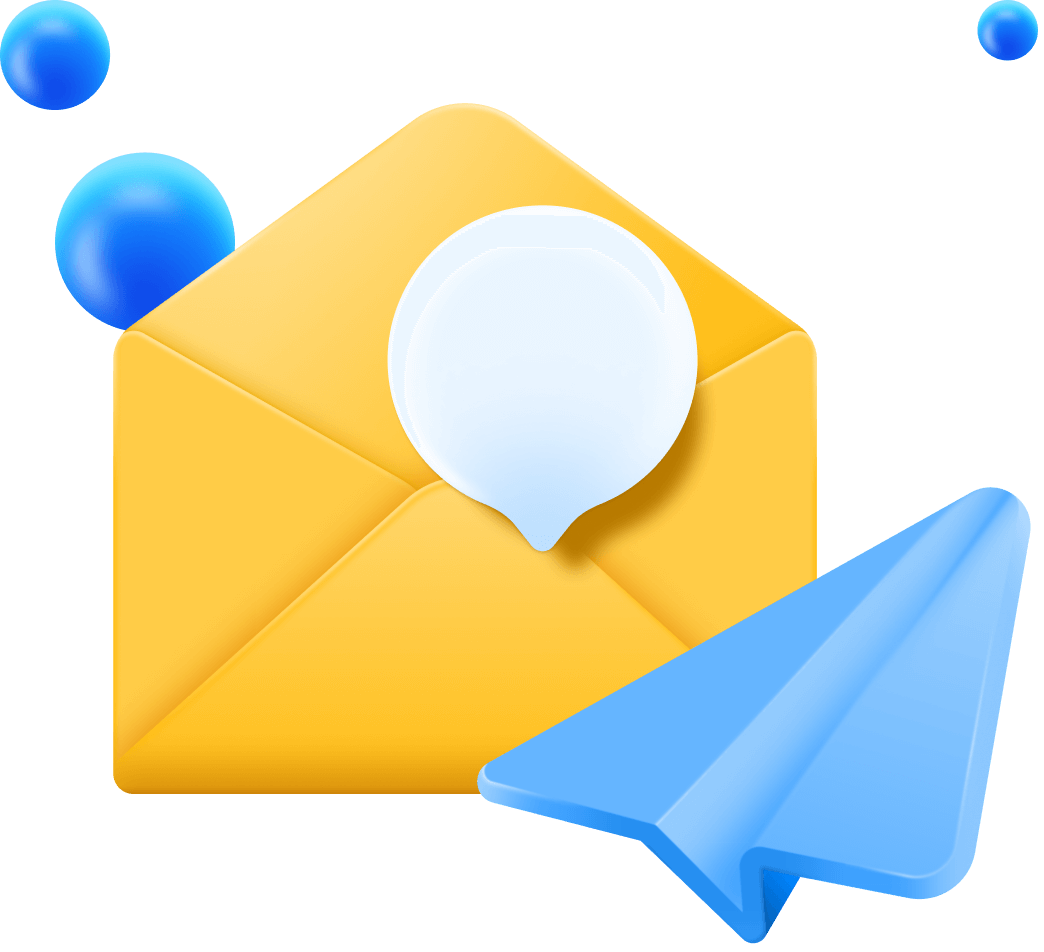The psychology of lead generation: Understanding your ideal client
Dive into the key psychological principles that drive lead generation success. This post explains how to tap into motivations, use social proof, and connect emotionally to attract and convert your ideal clients.



Introduction
Lead generation is more than just capturing email addresses or phone numbers. It’s about making genuine, psychologically resonant connections with the exact people who need your product or service. By tapping into basic psychological principles—like motivation, perception, and decision-making—you can improve your lead generation strategy and nurture relationships that lead to loyalty and long-term value. Let’s delve into the core psychological insights that will help you understand your ideal client and generate higher-quality leads.
1. Defining Your Ideal Client Through Psychographics
Why Psychographics Matter
Demographics (age, location, income) only scratch the surface. Psychographics—covering values, interests, lifestyle, and personality traits—give you a deeper look into the beliefs and motivations that drive purchase behavior.
Tips for Implementation
- Conduct Surveys & Interviews: Speak directly with current customers or prospects to learn about their challenges, values, and aspirations.
- Create Empathy Maps: Outline what your ideal client thinks, feels, says, and does to identify core emotional drivers.
- Build Detailed Personas: Combine demographic data (e.g., job title, age range) with psychographic details (e.g., personal goals, motivators, pain points).
Key Takeaway: Aligning your content and messaging with the real-life motivations of your audience makes it more likely they’ll engage with your lead generation efforts.
2. Leveraging Social Proof and Credibility
Why It Works
Social proof is a psychological phenomenon where people look to the behavior or opinions of others to guide their own decisions. Showcasing testimonials, reviews, or case studies can strongly influence prospective leads.
Tips for Implementation
- Highlight Case Studies: Demonstrate concrete ROI (return on investment) or success stories to illustrate real-world impact.
- Use Influencer/Expert Endorsements: Seek out respected voices in your industry to vouch for your brand.
- Display User-Generated Content: Repost user-generated content on social media or include testimonials on landing pages to build trust.
Key Takeaway: The more credible sources you have endorsing your product, the easier it is for new leads to feel comfortable taking the next step.
3. Crafting Emotion-Driven Content
Why It Works
Emotions guide a significant portion of our decision-making. Research from behavioral economics shows that people often use feelings over rational thought when making choices. If your messaging connects on an emotional level—addressing pain points, fears, or hopes—your leads are more likely to respond.
Tips for Implementation
- Focus on Pain Points: Identify specific challenges your ideal client faces. Provide content that addresses and relieves those pain points.
- Use Storytelling: Share relatable, narrative-driven content that shows how your product or service can transform a situation or help a person reach a goal.
- Incorporate Visuals: Emotional storytelling often benefits from compelling visuals—photos, videos, or infographics that highlight success stories or positive outcomes.
Key Takeaway: Emotional resonance is key to converting a passive observer into an active, motivated lead.
4. The Power of Personalization
Why It Works
Personalization taps into our innate desire to feel recognized and understood. Tailoring your lead generation efforts—like emails, landing pages, and ads—boosts engagement rates because prospects feel you’re speaking directly to them.
Tips for Implementation
- Segment Your Audience: Use data (e.g., behavior, interests, purchase history) to create targeted segments for different campaigns.
- Dynamic Content: Implement personalization tokens in your email marketing and website experiences (e.g., first name, industry references).
- Use Behavioral Triggers: Send specific follow-ups based on actions like downloading an eBook, visiting a certain page, or abandoning a cart.
Key Takeaway: When potential leads see content designed specifically for their needs or interests, they’re more inclined to trust and engage with your brand.
5. Fostering a Sense of Urgency and Scarcity
Why It Works
Urgency (“limited time only”) and scarcity (“only 3 seats left”) can compel people to act quickly due to the fear of missing out (FOMO). While these tactics should be used ethically and honestly, they can significantly boost conversions.
Tips for Implementation
- Time-Sensitive Offers: Offer a discount or bonus for signing up or making a purchase within a specific window.
- Exclusive Content: Release gated content or early access offers to a select group of leads.
- Count-Down Timers: Embed timers in your landing pages or emails to visually reinforce the urgency of an offer.
Key Takeaway: By appealing to a prospect’s fear of missing out, you nudge them toward taking immediate action—provided you deliver on your promises.
Conclusion: Turning Psychological Insights Into Action
Understanding the psychology behind lead generation isn’t about manipulating potential clients; it’s about empathizing with their needs, motivations, and decision-making processes. When you align your messaging, offers, and overall brand experience with what truly matters to your audience, you’re more likely to:
- Attract high-quality leads that are genuinely interested in your solutions.
- Build long-lasting relationships rooted in trust and authenticity.
- Convert leads into loyal customers and brand advocates.
Focus on crafting emotionally resonant and personalized campaigns, leverage social proof for credibility, and apply urgency tactics where relevant. By integrating these psychological principles, you’ll have a more robust and sustainable lead generation strategy that thrives on genuine human connection.

Terrence Velarde
Word wizard who once convinced a cactus to buy sunscreen—yes, my marketing magic is that good.

Subscribe to our weekly newsletter
Lorem ipsum dolor sit amet consectetur. Faucibus euismod pulvinar aliquam eleifend massa lacus.



